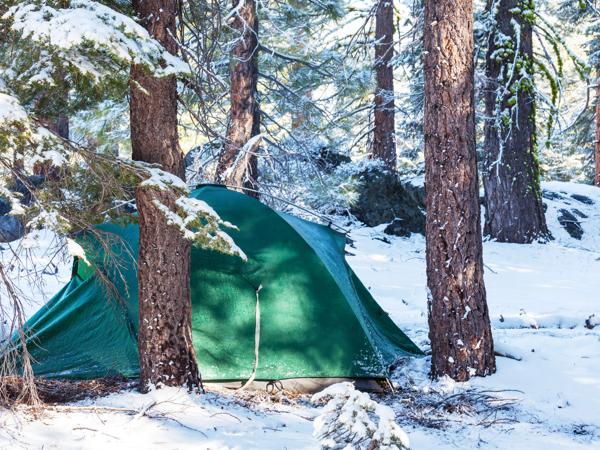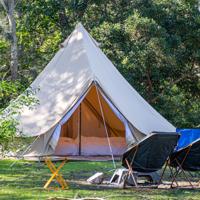Heading into the great outdoors, especially under unpredictable weather, calls for preparation. Rain gear is essential, but for those of us who care about the planet, eco-friendly options are a priority. This article will introduce you to sustainable rain gear, constructed from materials that minimize environmental impact.
The Importance of Sustainable Rain Gear
Traditional rain gear often involves synthetic materials and harmful chemical treatments. These pose environmental burdens by contributing to pollution and landfill waste. By choosing eco-friendly rain gear, campers can enjoy the outdoors while supporting sustainable practices.
Key Features of Eco-Friendly Rain Gear
To choose truly sustainable options, look for these features:
-
Recycled Materials: Seek out rain gear made from recycled polyester or nylon. Recycled materials reduce waste and demand for virgin resources.
-
PFC-Free Coatings: Many conventional rain jackets use perfluorinated chemicals (PFCs) for water repellency. Opt for gear labeled PFC-free to avoid these harmful chemicals.
-
Bluesign® Approved: Earning this certification means the production process meets stringent environmental and safety standards.
-
Durability: High-quality, long-lasting gear reduces the need for frequent replacements and minimizes waste.
Notable Eco-Friendly Rain Gear Options
Here are some examples of products and brands making strides in sustainable rain gear:
-
Patagonia Torrentshell Jacket: Made using 100% recycled nylon face fabric, this jacket is a solid choice for eco-conscious adventurers. Patagonia’s commitment to transparency and environmental responsibility is well-documented. Learn more about their sustainable practices.
-
Columbia OutDry Eco Jacket: This innovative design is crafted using 100% recycled fabric. The jacket is undyed, saving gallons of water during manufacturing.
-
Fjällräven Keb Eco-Shell: Constructed from a unique Eco-Shell fabric, it is free from PFCs and designed with recyclability in mind.
Tips for Making Eco-Conscious Rain Gear Choices
-
Research Materials: Understanding material labels and certifications can guide you in making informed selections.
-
Consider Multifunctional Items: Some products offer versatility for various weather conditions, reducing the need for multiple pieces.
-
Care and Maintenance: Extend the life of your gear by following proper care instructions. This reduces waste and upholds performance.
Final Thoughts on Embracing Sustainable Practices
Choosing eco-friendly rain gear is a small but significant step towards more sustainable outdoor adventures. The industry is evolving, and as consumers, our choices influence the direction it takes.
By prioritizing eco-friendly gear, you’re not only preserving the natural beauty you seek to explore but also promoting responsible consumer habits and pushing for continued innovation in sustainable camping technologies.




